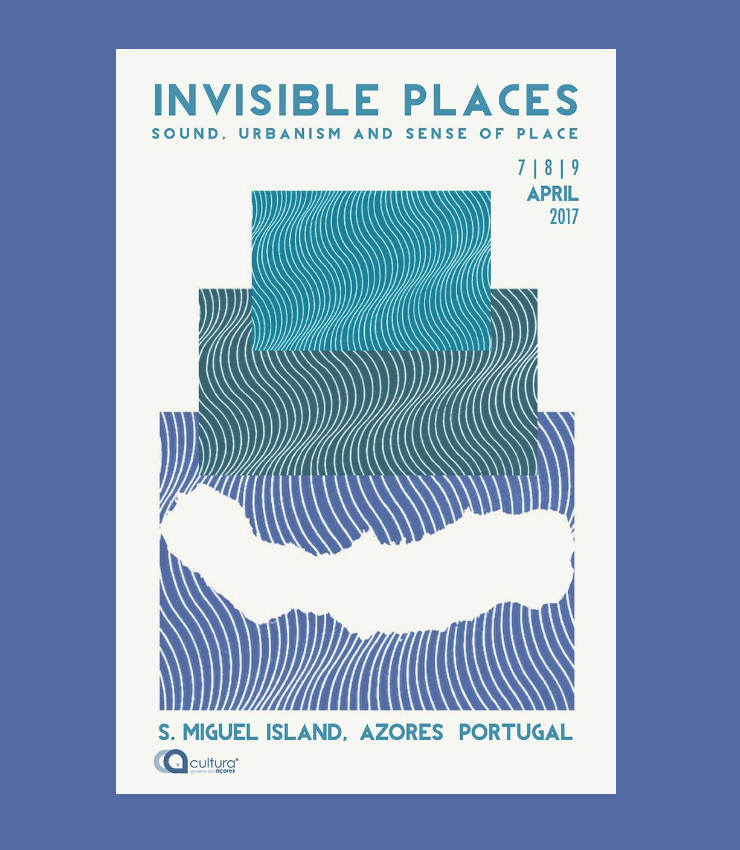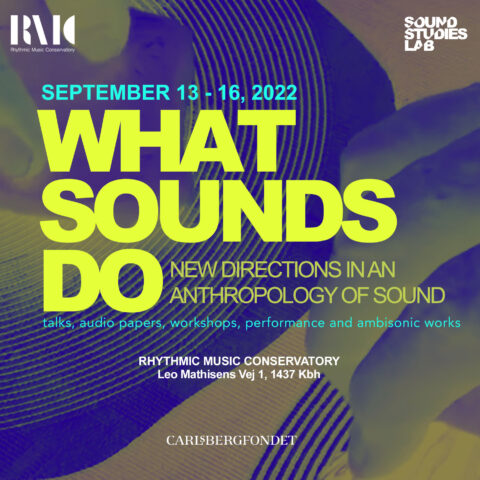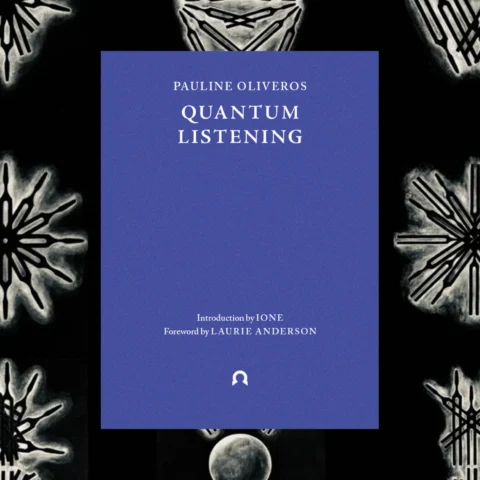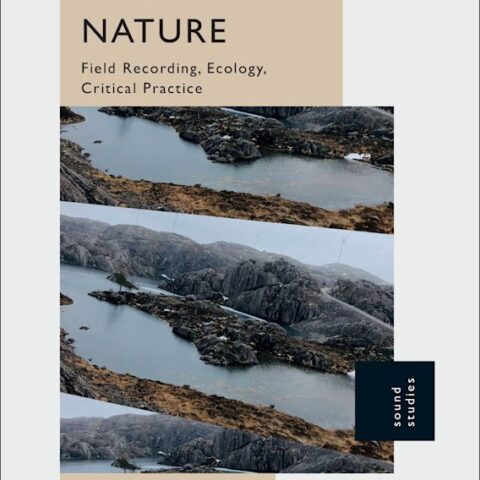
Invisible Places 2017 has been announced, including a series of calls, for papers, artistic residencies and workshops/soundwalks. This years’ topic is focused on “the complex relationships between landscapes and soundscapes or the significance of acoustic ecology for all living organisms including ourselves”, thus proposing a holistic approach in the evaluation of territories and their dynamics, considered here “fundamental to the evolution of all species” with “a great impact on the survival of many.”
Invisible Places 2017 will happen at São Miguel Island, Azores, Portugal, in April 7, 8 and 9. Deadline for submissions is November 30, current year. Registration will be of 65€, with reduced fee of 30€ for students.
“Many studies engaged with acoustic ecology have focused on urban environments, motivated by increasing concerns about the sensory impoverishment related to the dominance of anthropogenic sound associated with traffic and other types of transport, machinery from industry or construction, alarm signals and other sounding activities, which often mask and interfere with our living environment. These anthropogenic sounds have tended to be linked to a lack of environmental quality, as they inhibit the perception of other natural sounds. The sounds of the wind, the water, the voicing of certain animals originating from natural landscapes often contrast with human sounds in urban landscapes. They often share the same physical characteristics as measured by volume, duration, frequency or tone, but are experienced by humans differently. Beauty is in the ear of the beholder, we could say.
Soundscapes are part of any ecosystem and a fundamental manifestation of life. Every individual and species contributes and responds differently to a given sonic context with its own perceptual mechanism and will use diverse communication strategies. Development processes and urbanization have directly influenced the environment, often in negative ways that eliminate or diminish unique sounds, causing loss of social identity and cultural diversity.
Processes that occur in a landscape create patterns of sounds that can be identified. In turn, the entire phenomenon that inhibits or prevents effective acoustic communication can have consequences for the survival of individuals, species and ultimately, entire ecosystems. As our natural soundscapes morph and shrink, threats of extinction increase.
The future of cities is often related to the idea of city as a living environment dependent on and enriched by technology. A city should be seen as a sustainable community, where living organisms coexist and interact with man-made technologies integrated in our everyday life. Landscape therefore reflects the way humans interact with their natural world while organizing space and time. In this sense, landscape ecology should be expanded conceptually and imaginatively to encompass all the possible dimensions of human relations with and within the environment, including its living components.”
More info at the official site.





